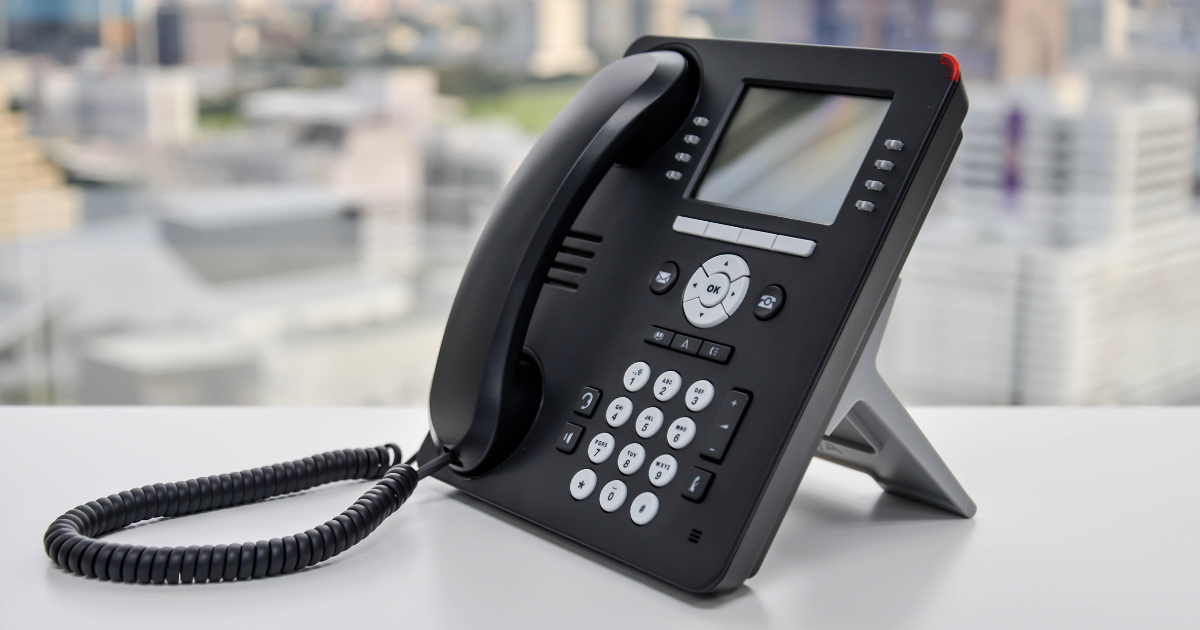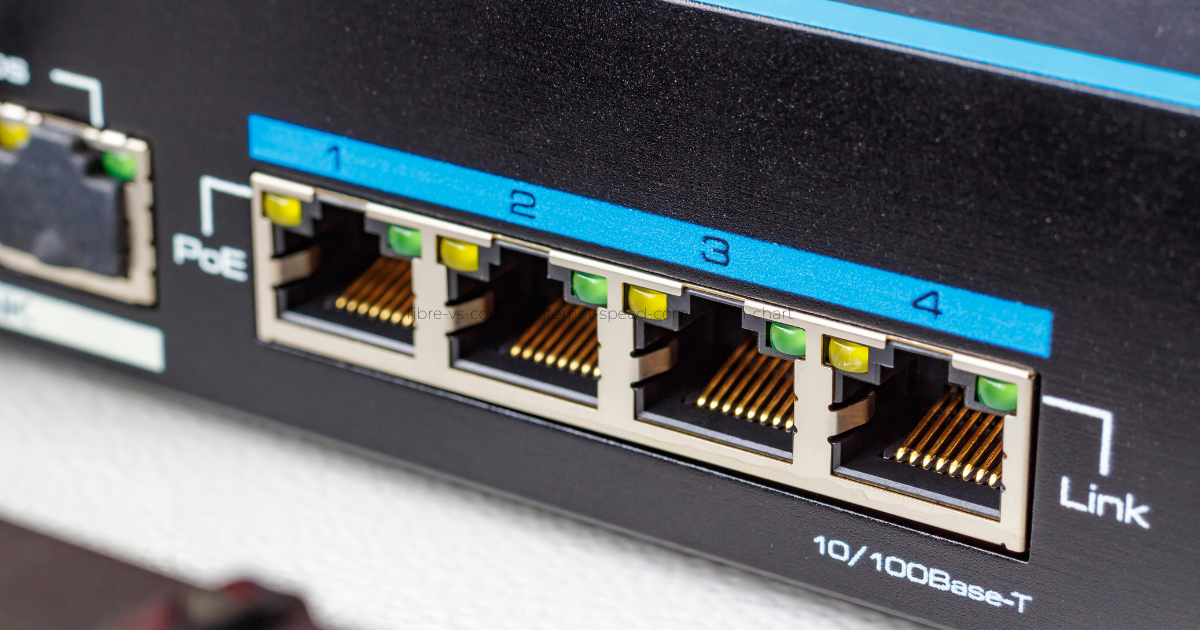VoIP Systems for Small Businesses — Why Reliable Cabling is Key
 Make Every Call Count: The Role of Cabling in VoIP Success
Make Every Call Count: The Role of Cabling in VoIP Success
Voice over IP (VoIP) has revolutionised how small businesses communicate. It offers cost savings, flexibility, and enterprise-grade features — all without the need for bulky, expensive legacy phone systems.
But there’s a catch. VoIP runs entirely on your data network, which means the quality of your calls depends directly on your cabling and network performance. Without the right infrastructure in place, VoIP can quickly become a source of frustration rather than a business asset.
In this post, we’ll explore why reliable cabling is essential for VoIP, and what you can do to ensure every call your business makes is crystal clear and dependable.

Why VoIP Needs Good Cabling
Traditional phone lines carried analogue signals over copper pairs — but VoIP is different. It transmits digital voice packets over your existing Ethernet network, just like your emails or web traffic.
This means:
- Your voice quality is now dependent on bandwidth, signal integrity, and network configuration.
- Any issues with your cabling — interference, poor terminations, packet loss — will directly affect your ability to communicate clearly.
Without proper cabling, you may experience:
– Choppy audio
-Dropped calls
– Echo or latency
– Jitter and delays
For small businesses, where customer service and client communication are everything, these issues can make you seem unprofessional and unreliable.

The Right Cable Makes a Difference
One of the biggest mistakes small businesses make is assuming “all Ethernet cables are the same.” They’re not.
- Use Cat6 or higher cabling for VoIP — Cat6 supports up to 10Gbps speeds and has tighter twists to reduce interference (crosstalk), which helps maintain voice quality.
- Avoid older Cat5e or no-name patch cables, especially in noisy environments where electromagnetic interference (EMI) is a concern.
- All cabling should be professionally installed and properly terminated. Poor connections can cause packet loss — the enemy of clear calls.
Your cabling should be tested and certified after installation to ensure there are no issues with attenuation, crosstalk, or grounding.

Plan for Power (PoE)
VoIP phones often rely on Power over Ethernet (PoE), which allows you to power the phone and carry data over a single cable — no need for a power socket at every desk.
- Make sure your switches support PoE (or PoE+) and your cabling is rated accordingly.
- PoE simplifies installations, especially in older buildings or spaces where outlets are limited.
- It also enables remote restarts of devices, reducing downtime and support needs.
Planning for PoE not only streamlines setup but also gives you more flexibility in where you can place phones, intercoms, or even smart door access points.
Separate Voice & Data (Logically)
Even though your voice and data traffic share the same cables, that doesn’t mean they’re treated the same — nor should they be.
- A well-designed network logically separates voice and data using VLANs (Virtual LANs) or QoS (Quality of Service) settings.
- This ensures voice traffic is prioritised, preventing jitter, lag, or dropped calls — even when someone else is uploading large files or streaming video.
Think of it like the fast lane on a motorway — your voice data gets the green light while less-critical traffic waits.
A certified cabling and networking professional can help configure your switches and routers to prioritise voice packets, especially during peak hours.
Long-Term Benefits of VoIP + Reliable Cabling
By investing in reliable cabling for VoIP, your small business gains:
- Scalability: Easily add new phones or workstations without tearing up your network.
- Clarity: Every call is sharp, clear, and professional.
- Cost Savings: Avoid dropped calls, repeat customer complaints, and emergency repairs.
- Flexibility: Easily move or expand your phone system as your business grows.
VoIP isn’t just a phone replacement — it’s a platform for smarter, more connected communication, but only if your infrastructure can support it.
Frequently Asked Questions
1. Why does VoIP need better cabling than traditional phones?
VoIP transmits digital voice data over your Ethernet network. This means your call quality depends on bandwidth, signal integrity, and cable performance — unlike old analogue systems. Poor cabling can cause jitter, echo, or dropped calls.
2. What type of cabling is best for VoIP?
We recommend Cat6 or higher for small business VoIP systems. It supports higher speeds, reduces interference (crosstalk), and is more future-proof than Cat5e. Always choose professionally installed, tested, and certified cabling for best results.
3. Do VoIP phones need power sockets?
Not always. Many VoIP phones support Power over Ethernet (PoE), which allows the same cable to deliver both data and power. This simplifies installation and is especially useful in spaces with limited outlets.
4. Can I run voice and data on the same network?
Yes — but you should logically separate voice and data traffic using VLANs or Quality of Service (QoS) settings. This ensures voice calls are prioritised and unaffected by large data transfers or network congestion.
5. What happens if my network isn’t set up correctly for VoIP?
Without proper cabling and configuration, you may experience choppy audio, dropped calls, or connection delays. These issues can damage your professional image and hurt customer service. A properly designed setup prevents these problems.
Final Thoughts
VoIP is one of the best decisions a small business can make — but only if your network and cabling are up to the task. Too often, we see businesses suffer through unreliable systems because they’ve invested in the software but ignored the wiring behind it.
Don’t let poor cabling ruin your call quality. If you’re considering a VoIP upgrade, make sure your cabling is part of the conversation.
Talk to our team today about reliable, affordable data cabling for VoIP. We’ll help you get crystal-clear communication that grows with your business.





Leave a Reply
Want to join the discussion?Feel free to contribute!